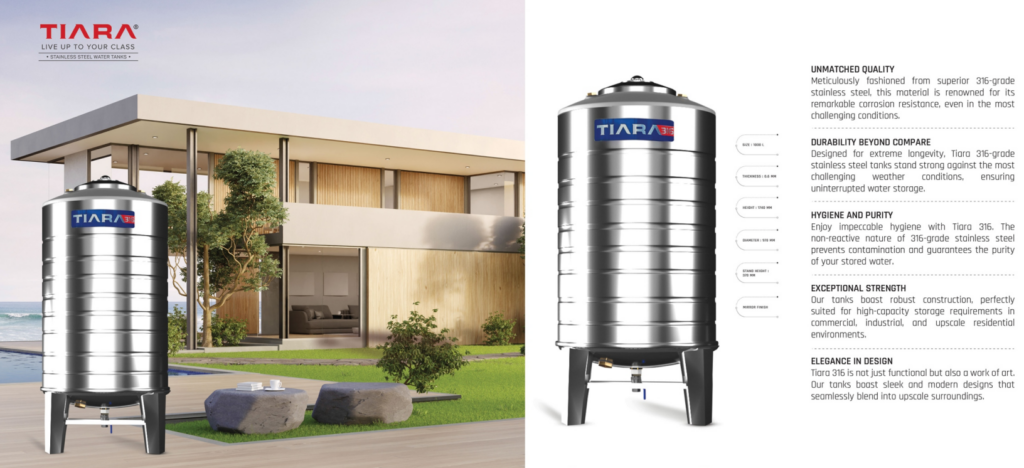
When it comes to selecting materials for construction, manufacturing, or even household items, the choice often boils down to cost versus durability. Stainless steel is frequently hailed as a premium material, lauded for its strength, corrosion resistance, and aesthetic appeal. However, it also comes with a higher upfront cost compared to other materials like mild steel, aluminum, or plastics. This raises the question: is stainless steel truly worth the investment in the long run?
Initial Investment
Stainless steel has a higher purchase price due to its complex manufacturing process and the addition of expensive alloying elements like chromium and nickel. These elements impart the material’s notable resistance to rust and staining. For budget-conscious buyers, the initial cost can be a deterrent, especially when alternatives like mild steel or galvanized steel seem more affordable. However, this initial investment needs to be weighed against the material’s performance and longevity.
Durability and Longevity
One of stainless steel’s standout advantages is its remarkable durability. Unlike materials that corrode, warp, or degrade over time, stainless steel can maintain its structural integrity for decades with minimal maintenance. In applications exposed to moisture, salt, or chemicals, such as marine environments or industrial settings, stainless steel outperforms most other materials. This durability translates into fewer replacements, reduced maintenance costs, and overall savings in the long term.
For example, while mild steel requires regular painting or coating to prevent rust, stainless steel remains unaffected by harsh environmental conditions. Over a 20-year span, the cost of maintaining mild steel may far exceed the initial premium paid for stainless steel.
Maintenance Costs
Maintenance is another area where stainless steel excels. Materials like wood, aluminum, or even regular steel require frequent upkeep, whether through repainting, sealing, or repairing damage. Stainless steel’s corrosion resistance and ease of cleaning significantly lower maintenance requirements. In industries like healthcare or food processing, where hygiene is critical, stainless steel is often the material of choice due to its ease of sterilization and resistance to contamination.
Energy Efficiency and Sustainability
When considering sustainability, stainless steel stands out as an eco-friendly choice. Its complete recyclability not only minimizes waste but also helps in conserving valuable resources. Additionally, stainless steel structures or components often require less energy-intensive repairs or replacements. Over time, the environmental impact of using stainless steel can be considerably lower than materials with shorter lifespans.
Application-Specific Analysis
While stainless steel offers undeniable advantages, it is essential to consider the specific application before making a decision. For temporary or low-stress uses, the added durability of stainless steel might be excessive, and cheaper alternatives could suffice. Conversely, in high-stress environments—such as industrial machinery, bridges, or high-traffic kitchens—the investment in stainless steel pays dividends in terms of reliability and longevity.
Is It Worth the Price?
The answer largely depends on your priorities and the scope of the project. If upfront costs are the sole concern, stainless steel might seem unjustifiable. However, if you take a broader view—factoring in maintenance, replacements, environmental impact, and overall lifecycle costs—it becomes evident that stainless steel can provide excellent value for money.
Conclusion
While the price tag on stainless steel might give pause initially, its resilience, low maintenance, and long-term reliability make it a cost-effective choice over time. Whether you’re building an industrial plant, furnishing a kitchen, or crafting architectural designs, stainless steel proves to be an investment in quality and longevity. In the long run, this material’s enduring value often outweighs its initial expense. When durability and sustainability are priorities, stainless steel is hard to beat.


